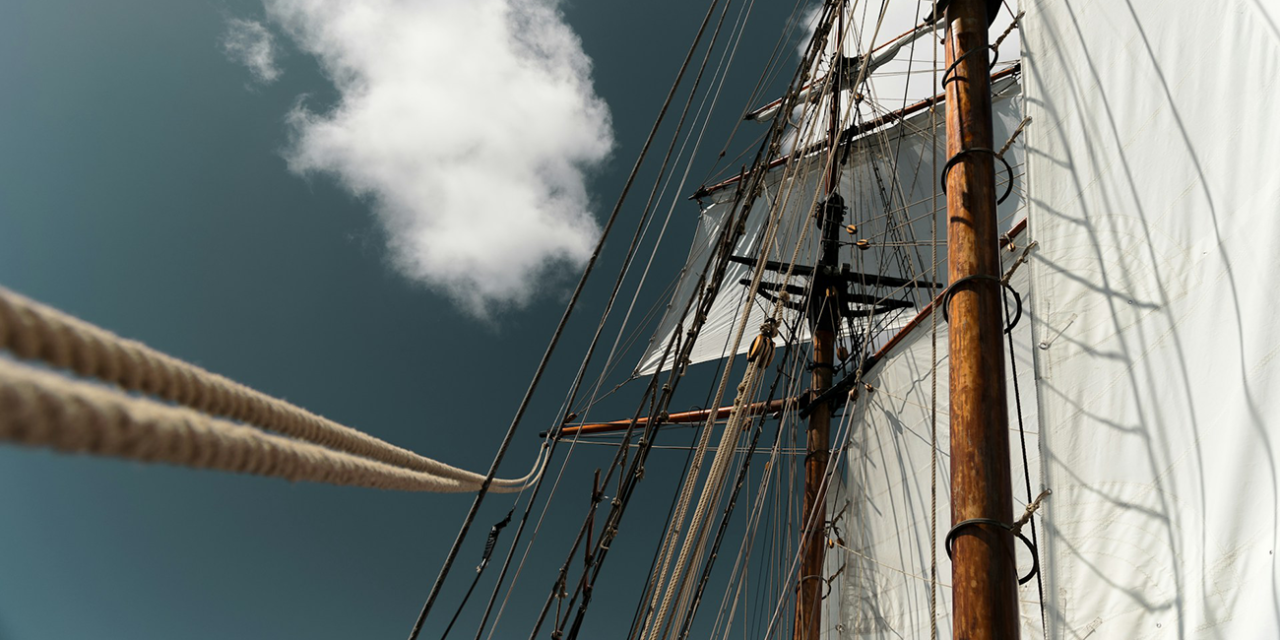The Dutch West India Company (WIC), known as the “Geoctroyeerde Westindische Compagnie” in Dutch, was a chartered company of Dutch merchants and one of the most powerful trading companies of the 17th century.
It played a crucial role in the Dutch colonization efforts in the Americas and Africa. Here is an in-depth look at its history, operations, and impact.
Table of Contents
Formation and Objectives
Establishment and Charter
The Dutch West India Company was created and established in 1621 by the Dutch Republic.
The company was granted a charter by the States-General of the Netherlands, which gave it a monopoly over Dutch trade and colonization in the Americas and West Africa. The WIC’s charter was similar to that of the Dutch East India Company (VOC), focusing on trade, colonization, and privateering.
Main Objectives
The primary objectives of the WIC were to expand Dutch trade, establish colonies, and challenge Spanish and Portuguese dominance in the Atlantic.
The company aimed to exploit the lucrative transatlantic slave trade, establish profitable trade routes, and seize Spanish and Portuguese ships and territories.
Early Operations and Colonization Efforts
Privateering and Initial Ventures
In its early years, the WIC engaged heavily in privateering against Spanish and Portuguese ships.
This aggressive strategy was part of the Dutch struggle for independence from Spain, known as the Eighty Years’ War. The WIC captured numerous ships and seized valuable cargo, which helped finance its operations.
New Netherland and Brazil
The WIC established several colonies, most notably New Netherland in North America and Dutch Brazil in South America.
- New Netherland: Founded in 1624, with its capital New Amsterdam (modern-day New York City), it became a significant trade hub. The colony played a huge part in the fur trade with Indigenous peoples.
- Dutch Brazil: In 1630, the WIC captured parts of northeastern Brazil from the Portuguese, creating a colony centered around Recife. Dutch Brazil was an essential source of sugar and other commodities.
The Transatlantic Slave Trade
Involvement in the Slave Trade
The WIC was deeply involved in the transatlantic slave trade.
The company established forts and trading posts along the West African coast, such as Elmina Castle in present-day Ghana. These posts facilitated the capture and transport of enslaved Africans to plantations in the Americas.
Impact on the Slave Trade
The WIC played a significant role in the growth of the transatlantic slave trade.
Its operations contributed to the forced migration and enslavement of thousands of Africans, profoundly impacting African societies and economies and fueling the plantation economies in the Americas.
Decline and Legacy
Challenges and Decline
The WIC faced numerous challenges, including military defeats and financial difficulties.
- New Netherland: The English captured the colony in 1664, becoming New York.
- Dutch Brazil: The Portuguese recaptured the territory in 1654 after a prolonged conflict.
Dissolution and Legacy
The WIC was eventually dissolved in 1792, but its legacy is complex and far-reaching.
The company’s involvement in trade, colonization, and the slave trade brought a lasting impact on the regions it touched. The cultural and economic exchanges initiated by the WIC shaped the development of the Atlantic world.
Conclusion
The history of the Dutch West India Company is a testament to the complexities of early modern global trade and colonization.
From its aggressive privateering and profitable colonies to its dark involvement in the transatlantic slave trade, the WIC played a pivotal role in shaping the course of history in the Atlantic world. Its legacy is a reminder of the profound and often troubling impacts of European expansion and exploitation during this period.





